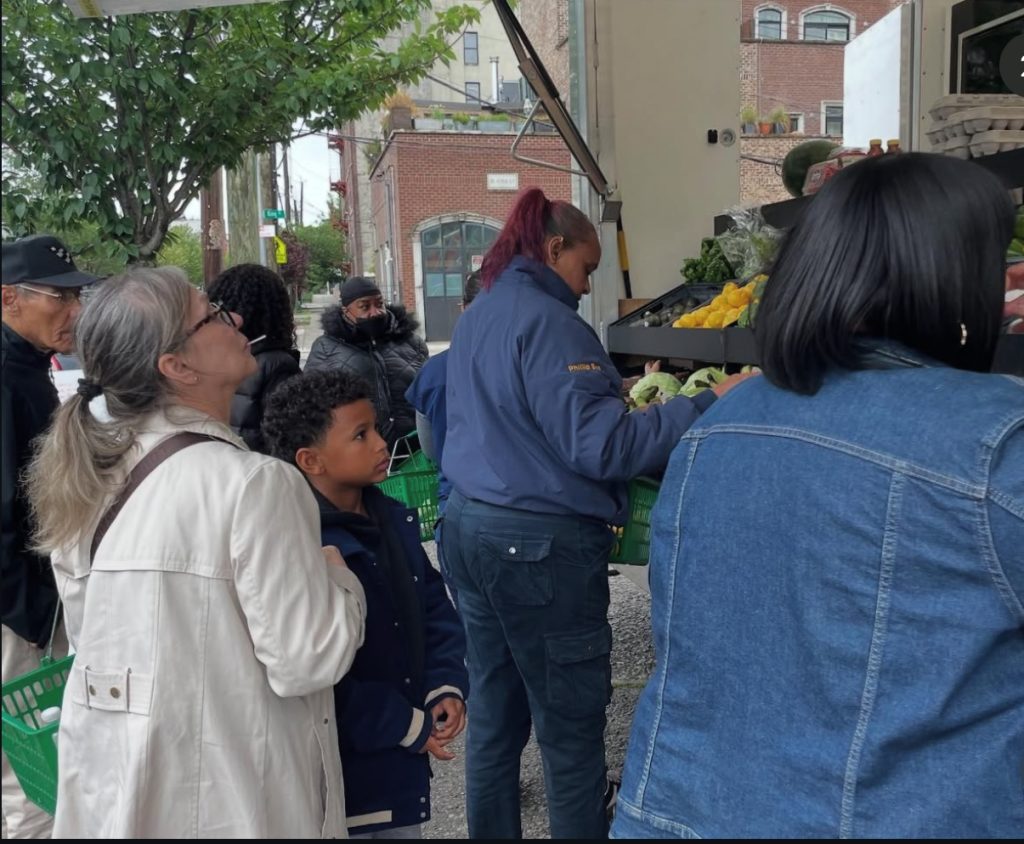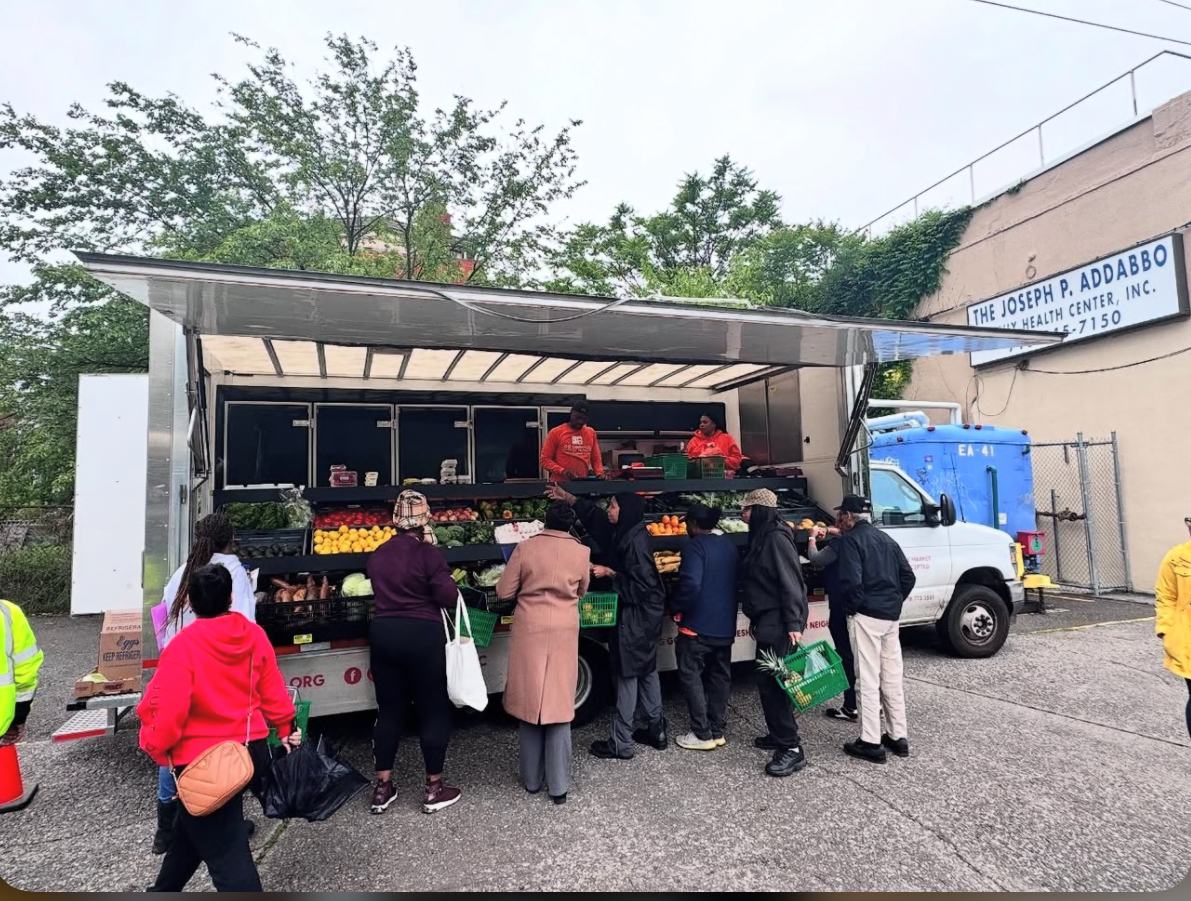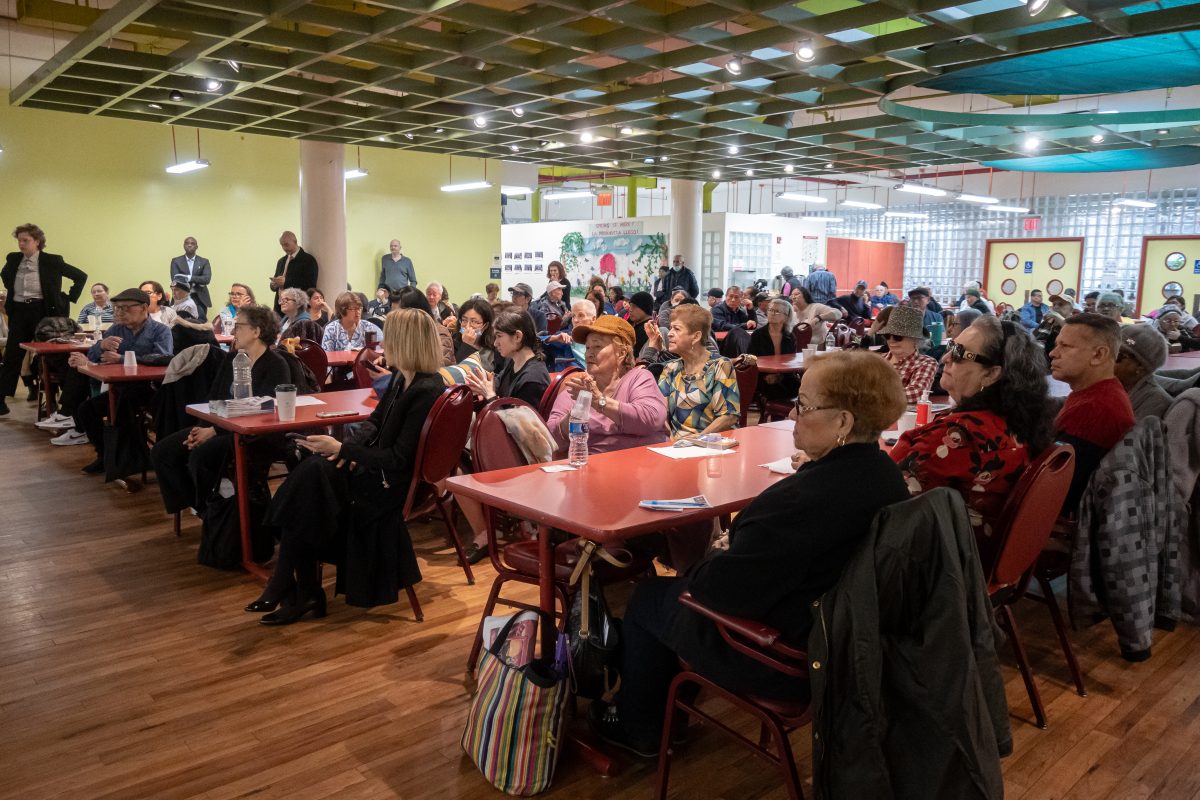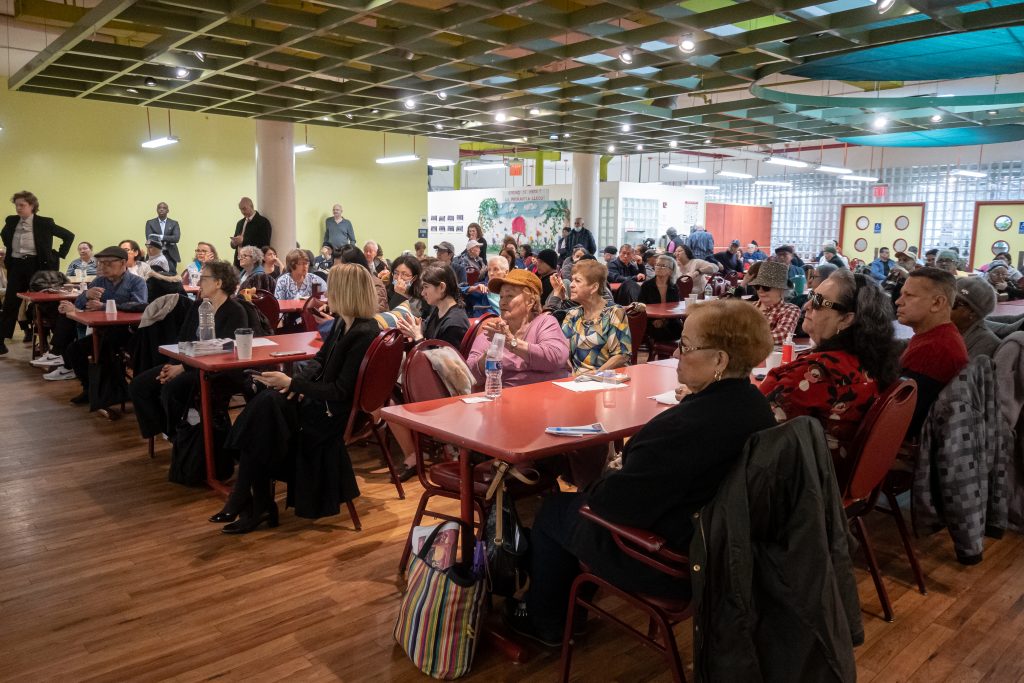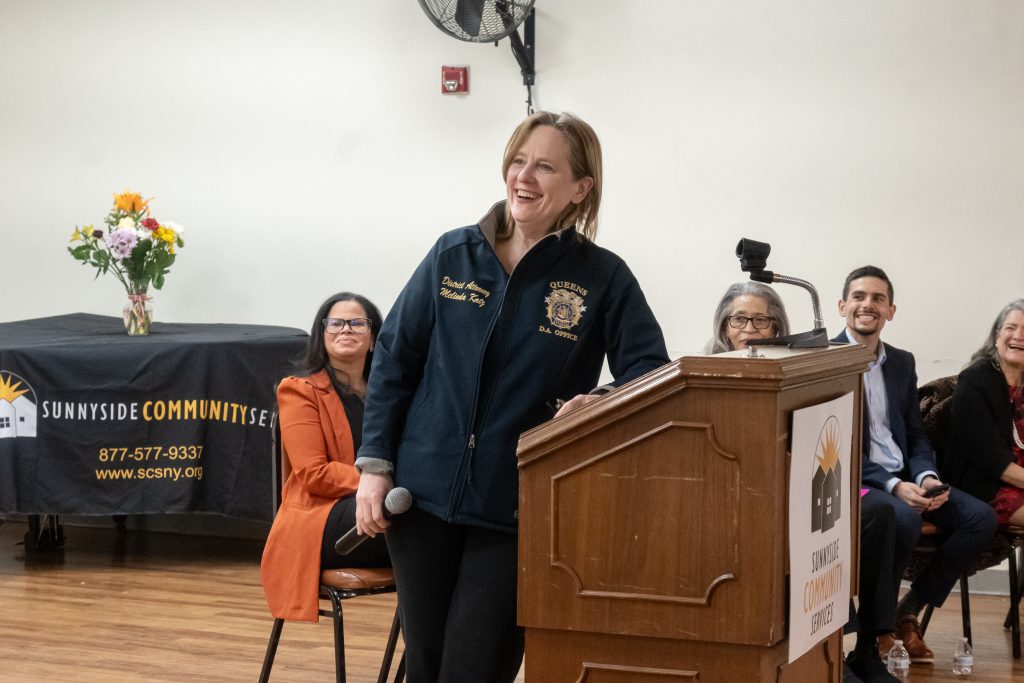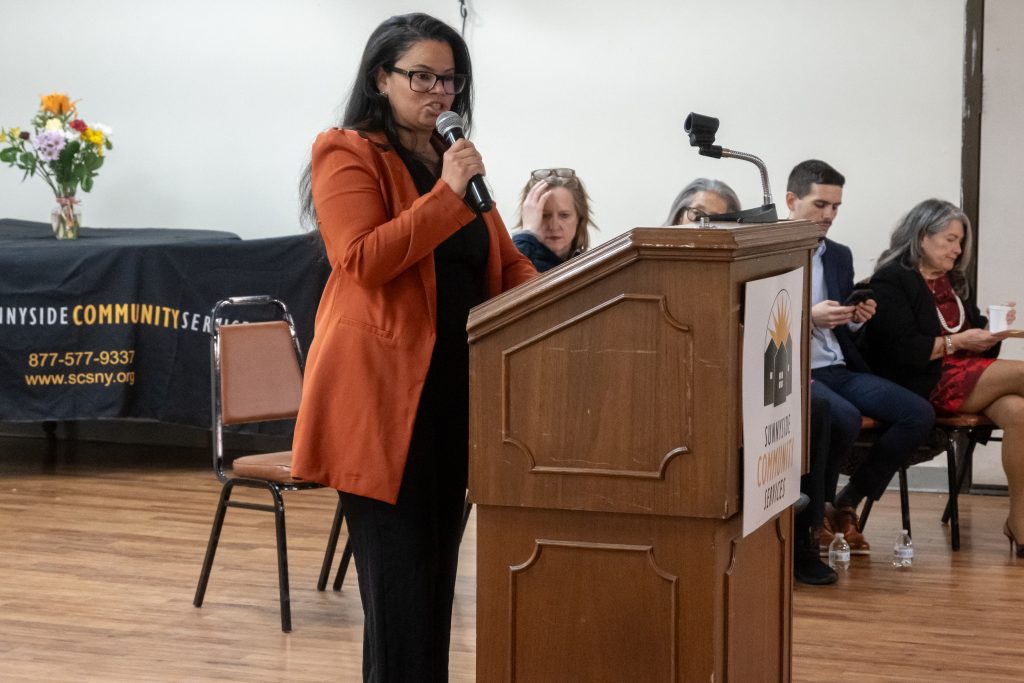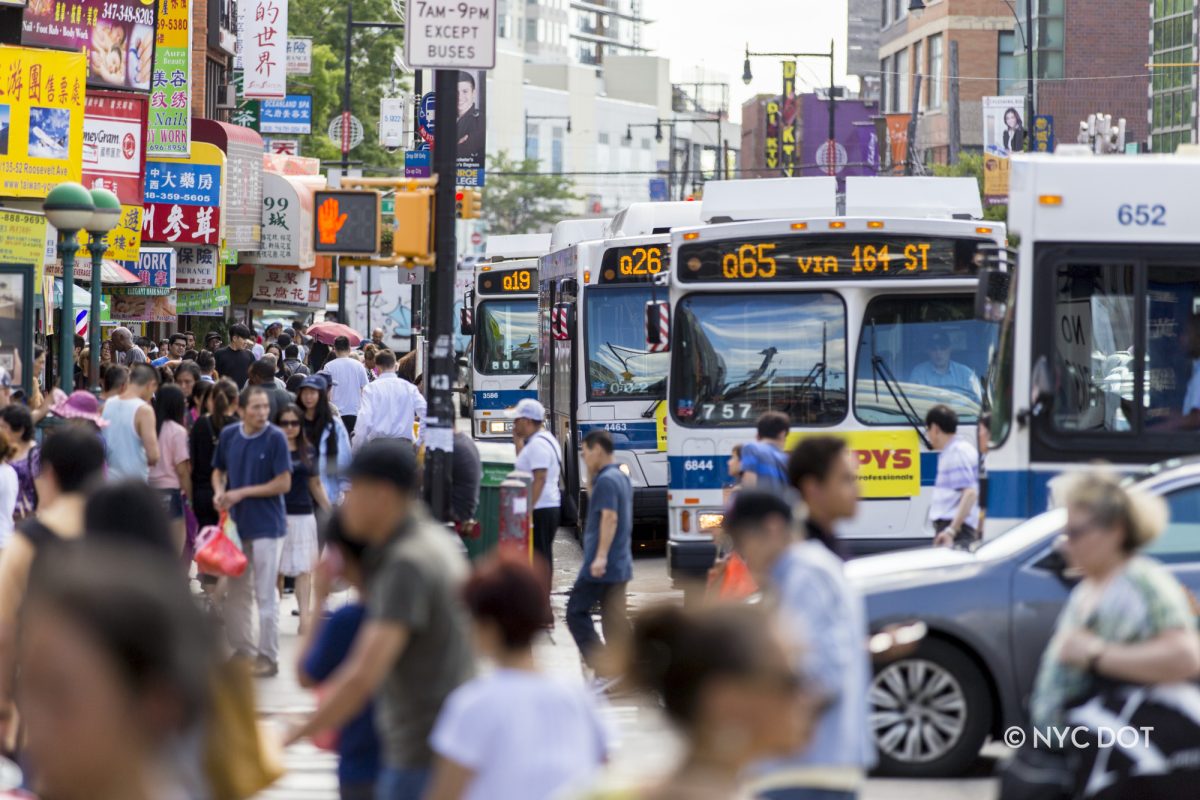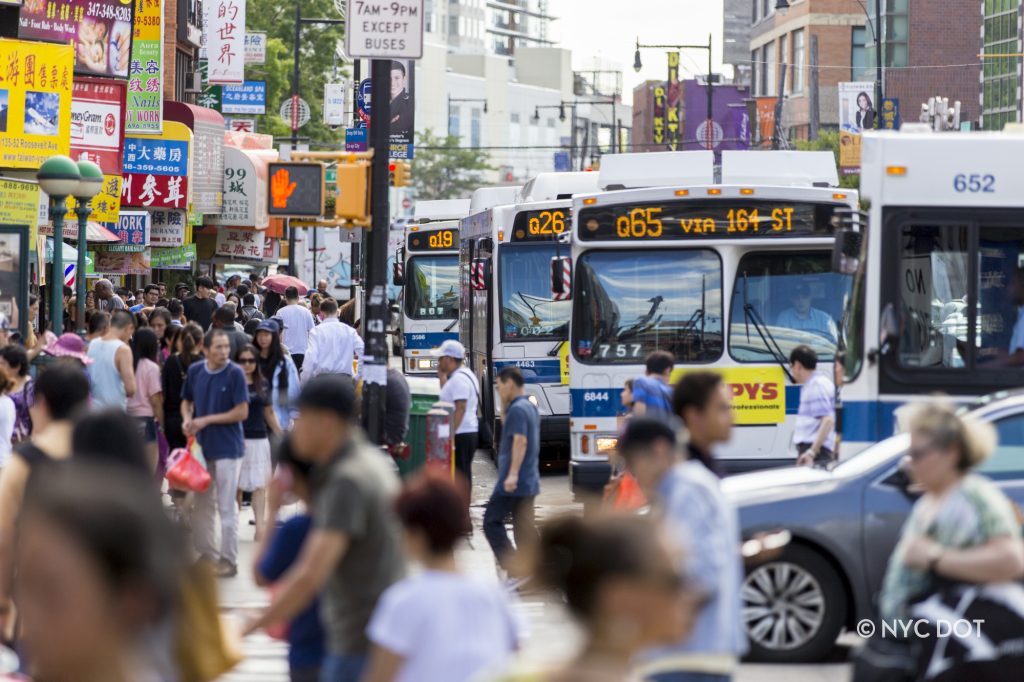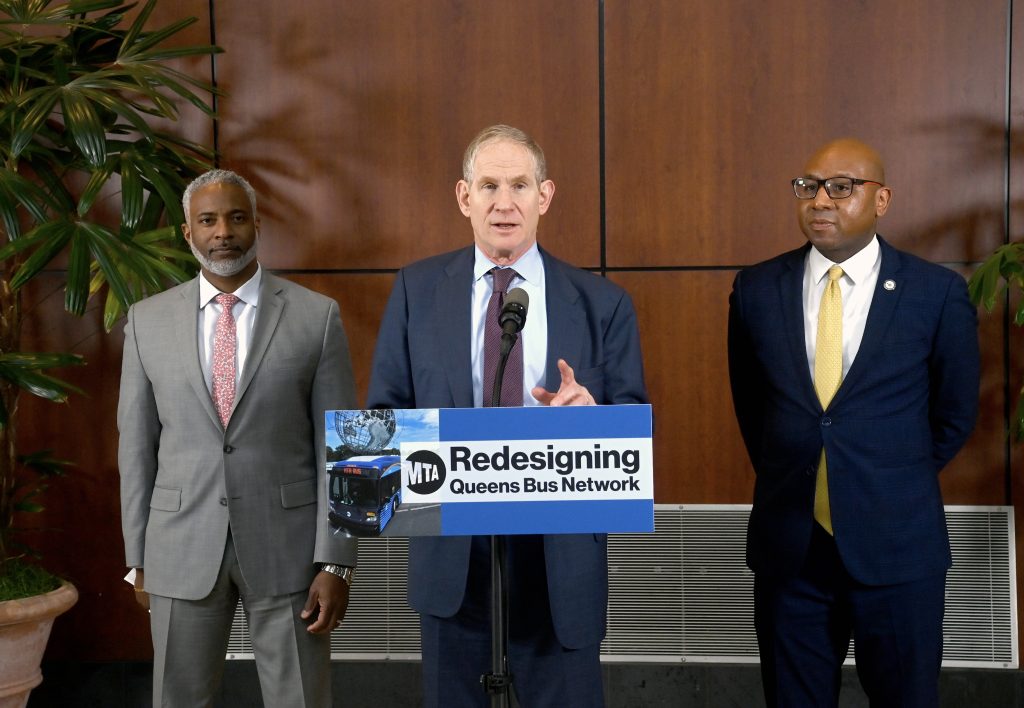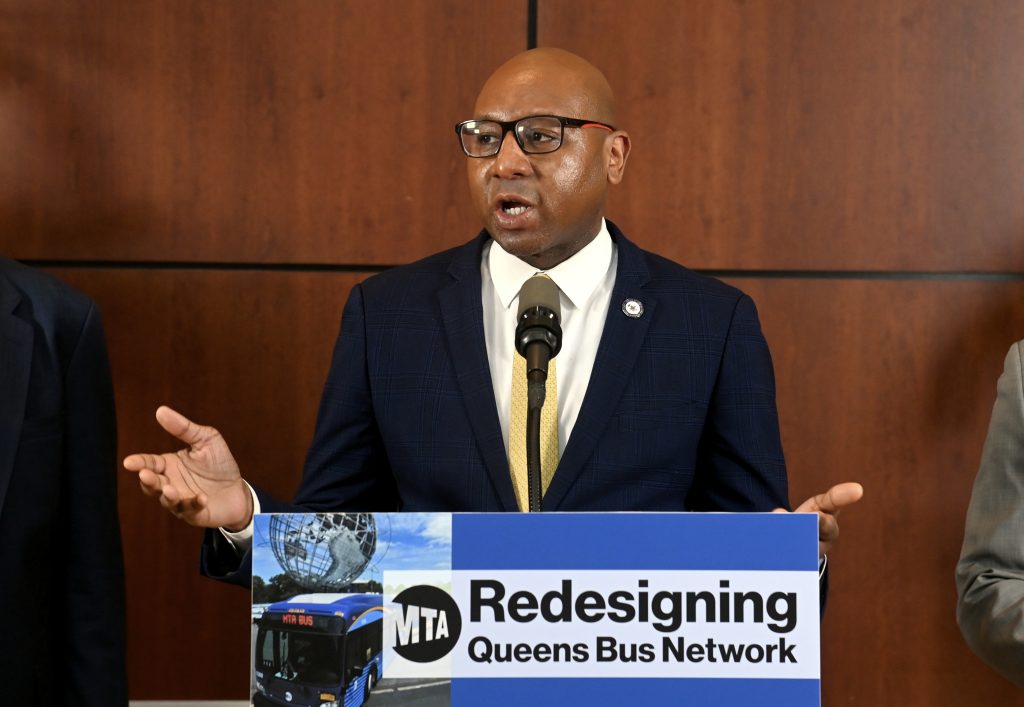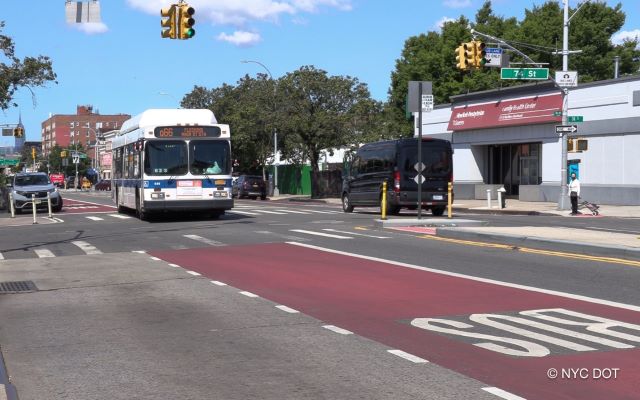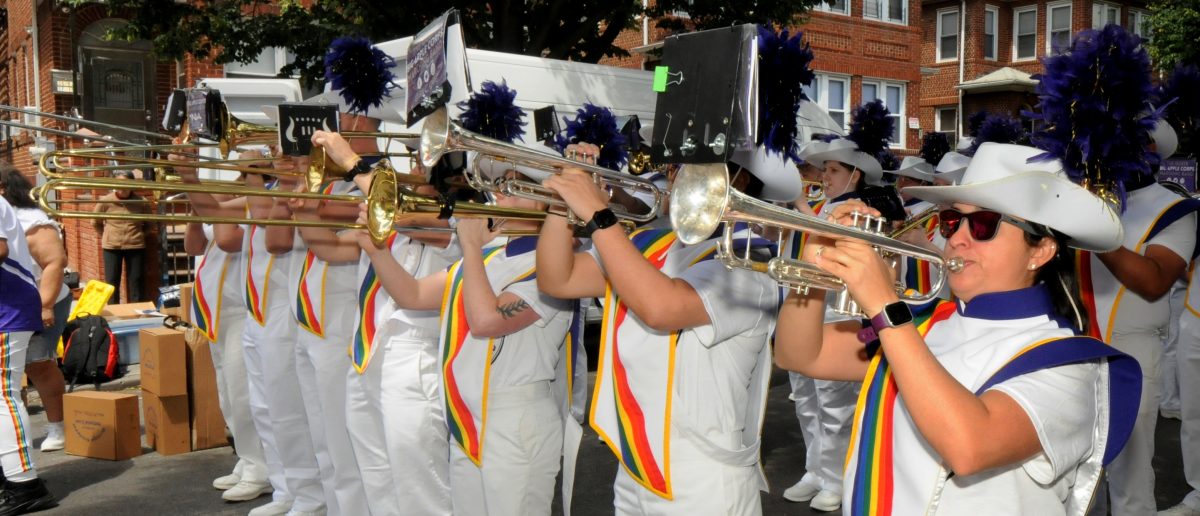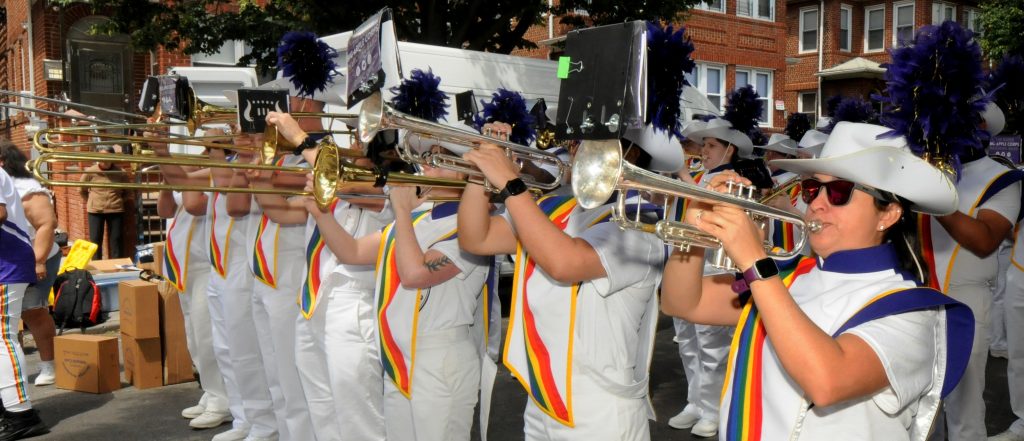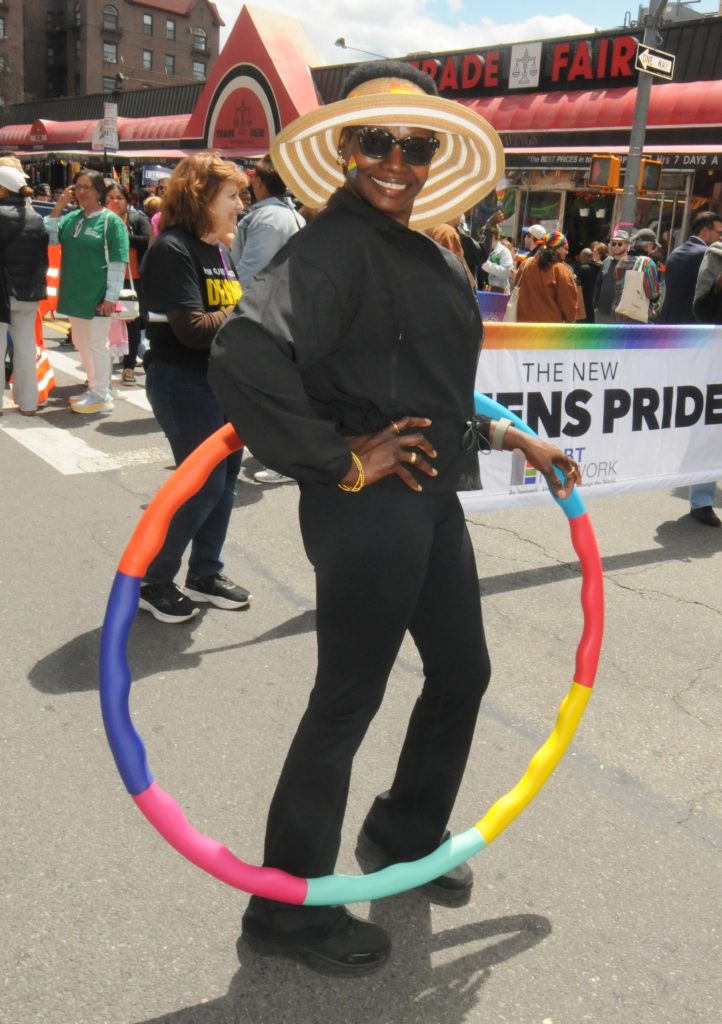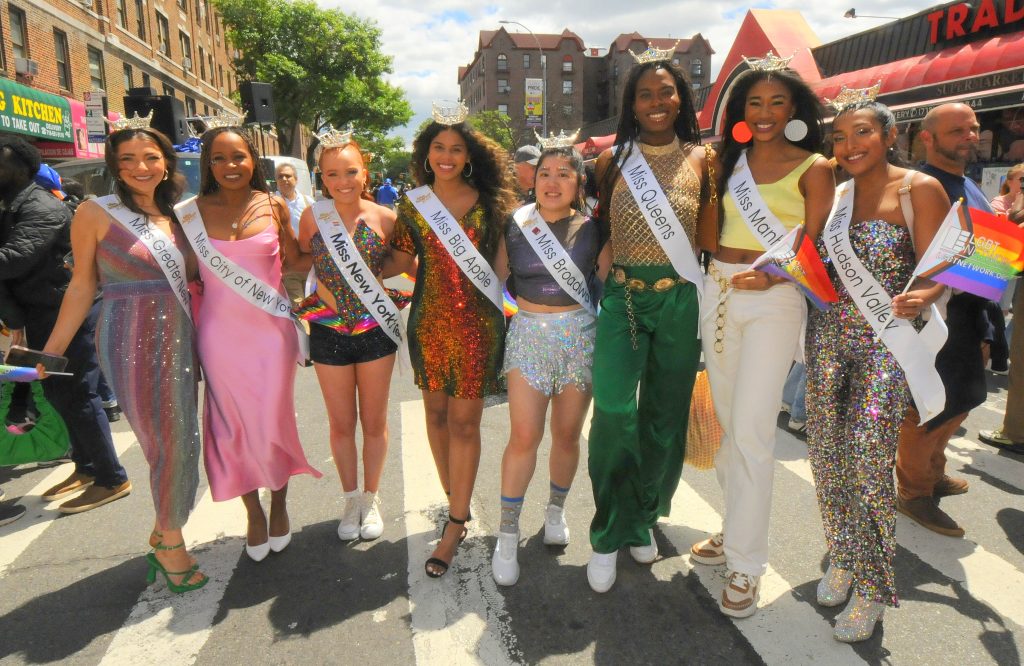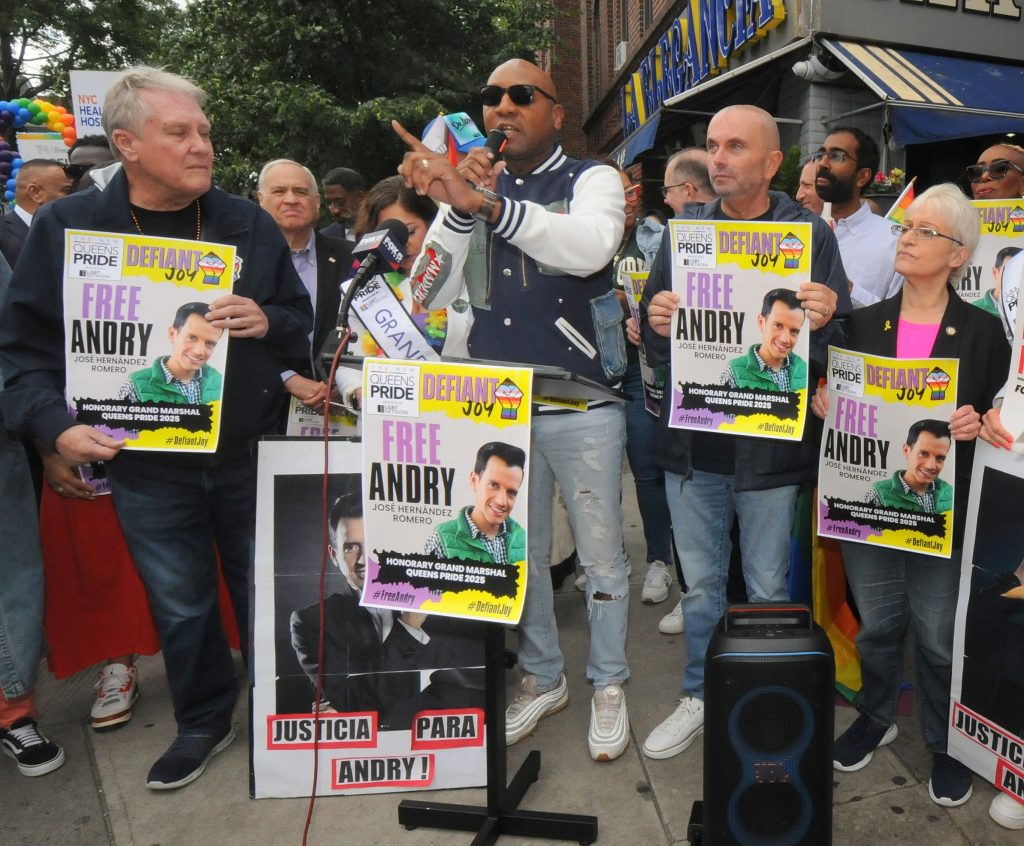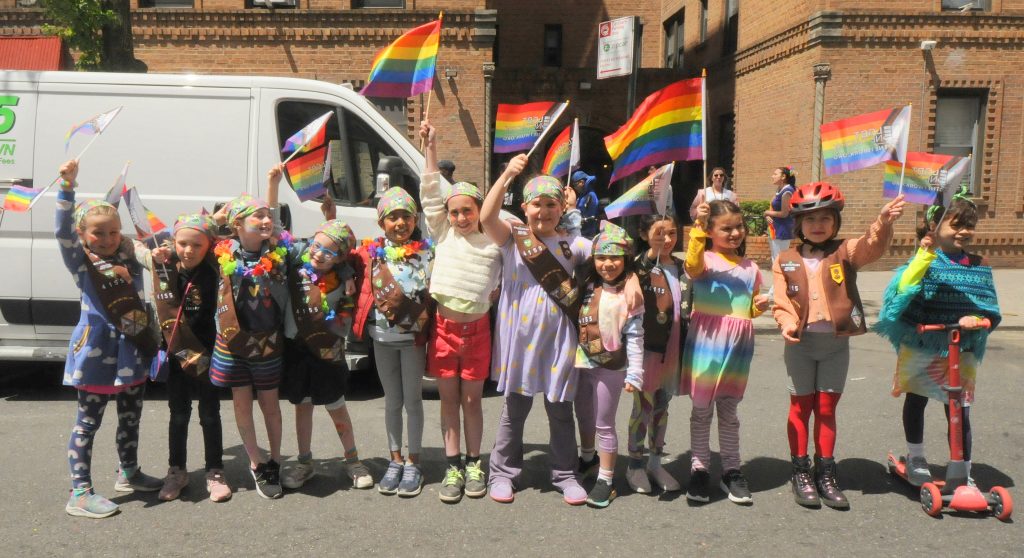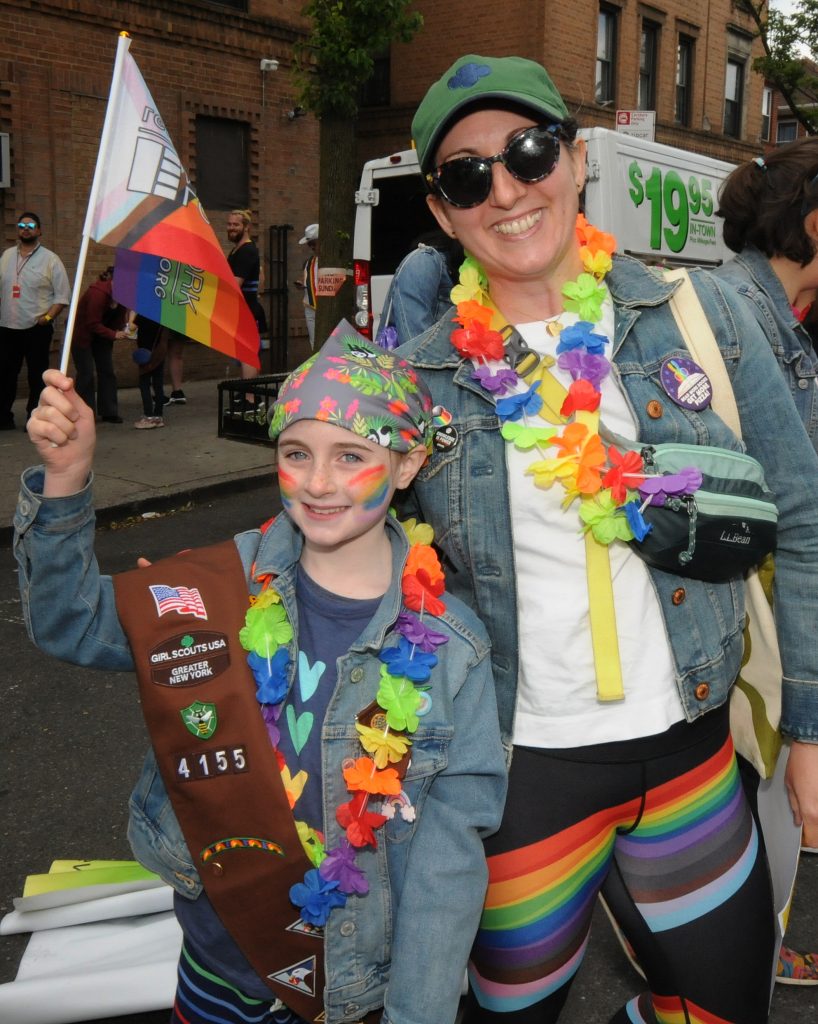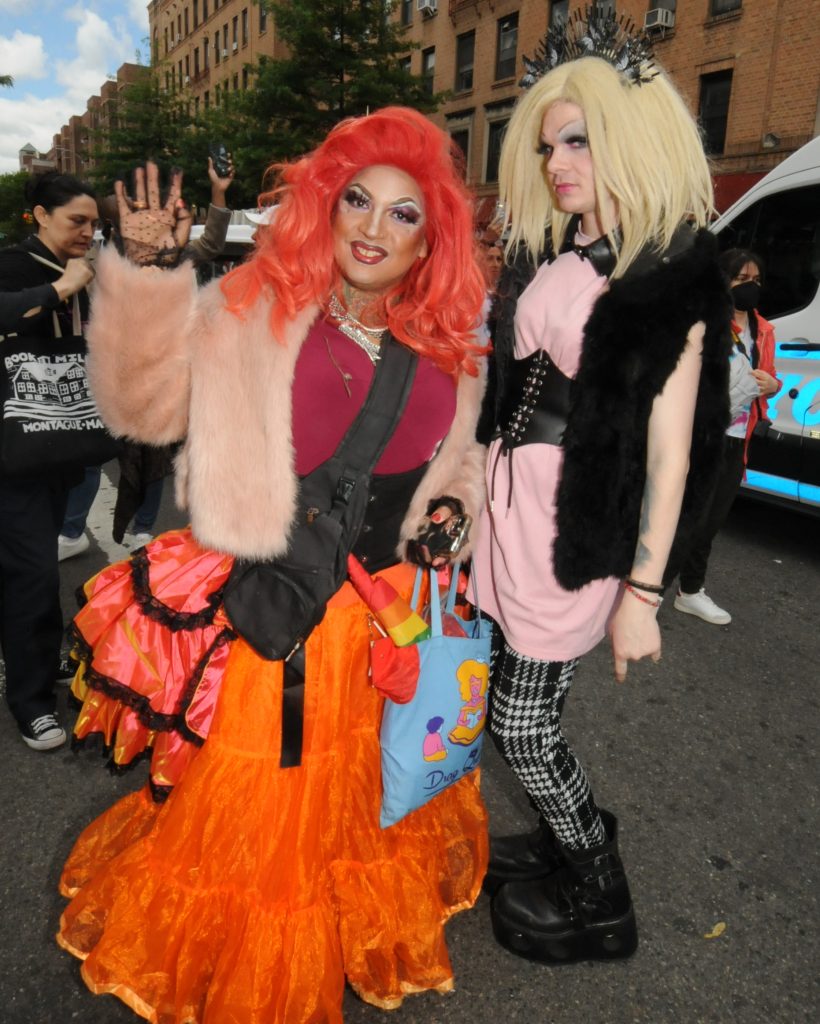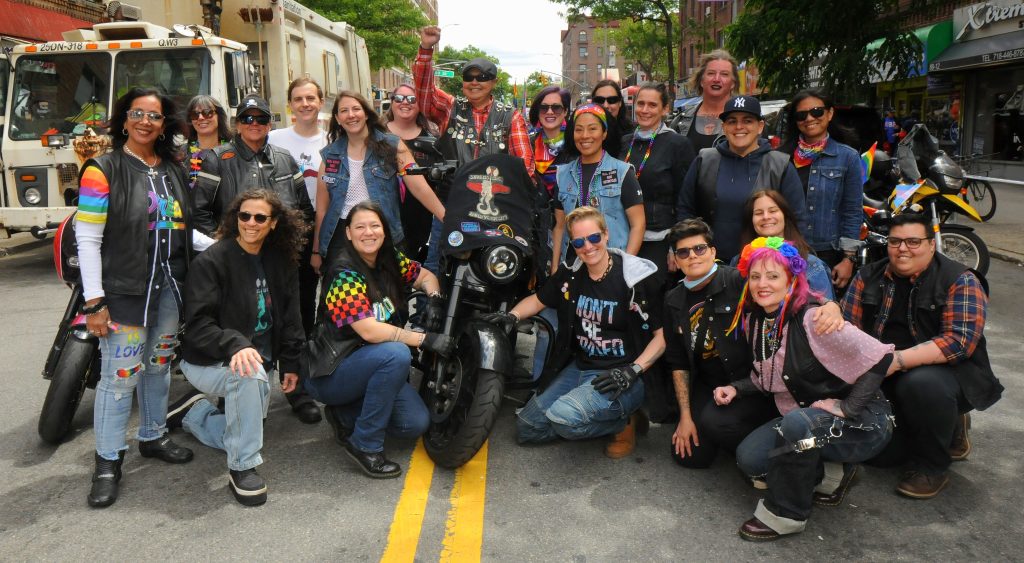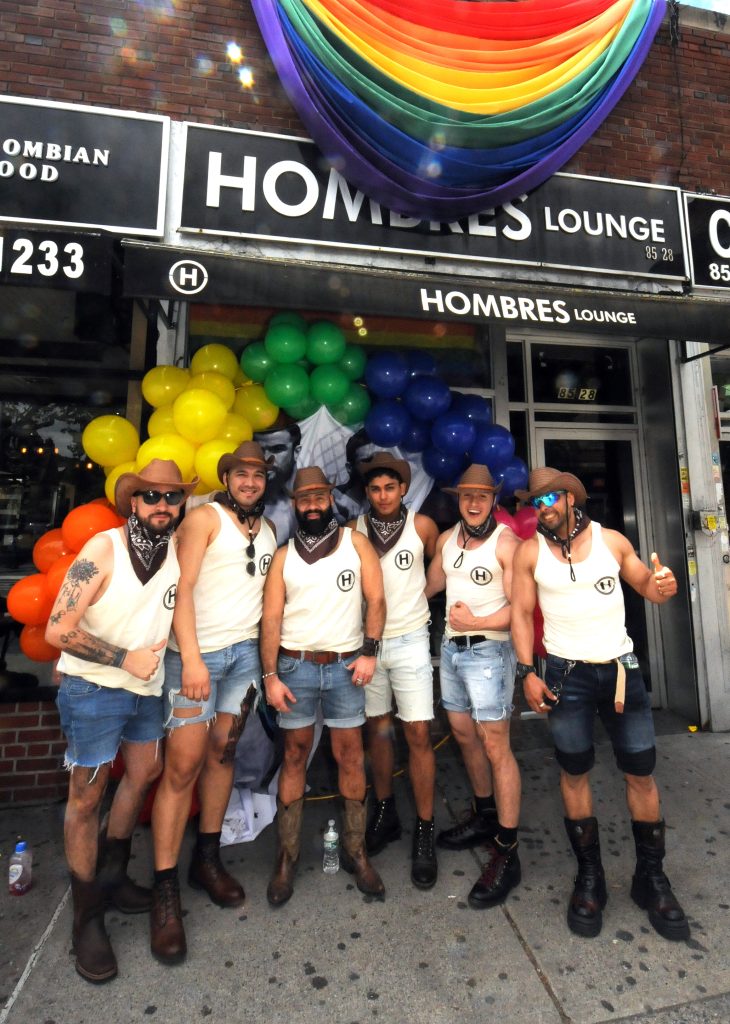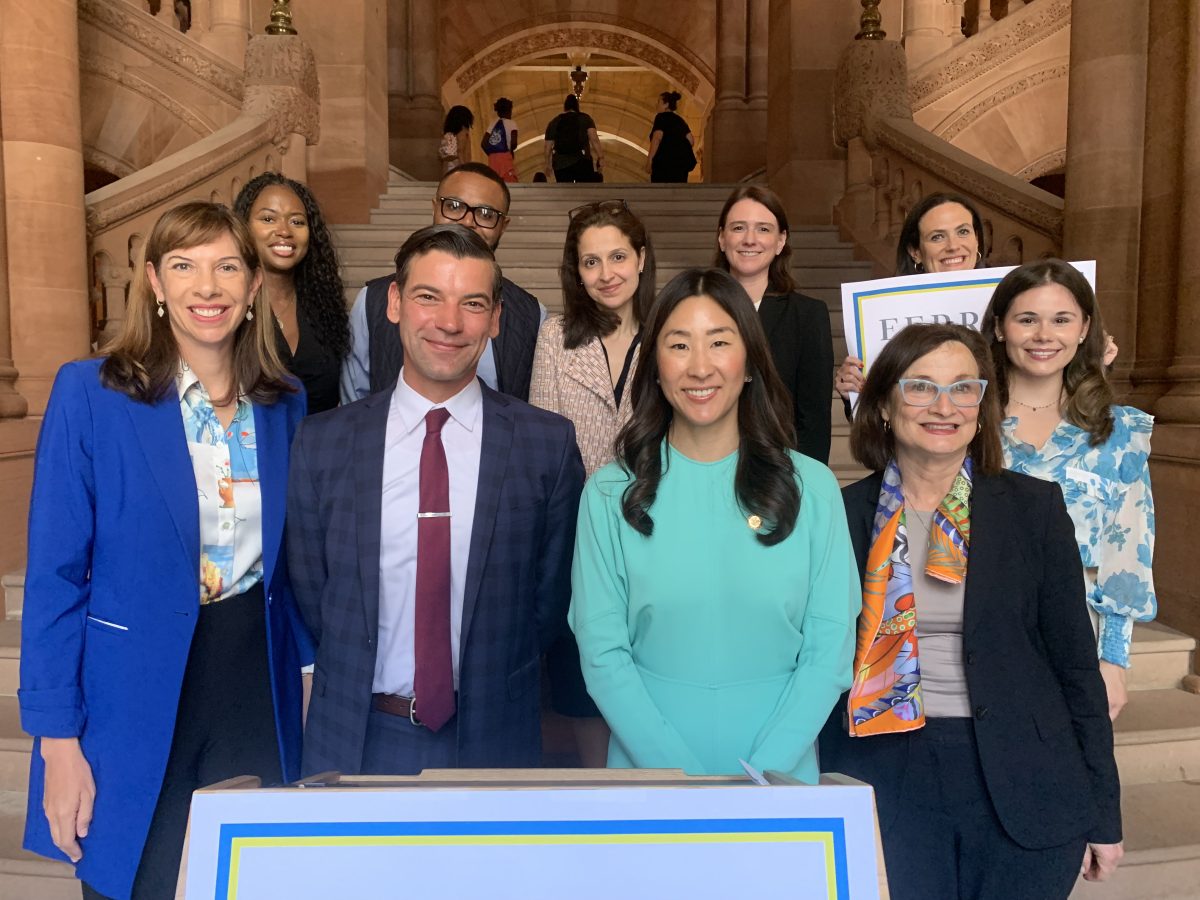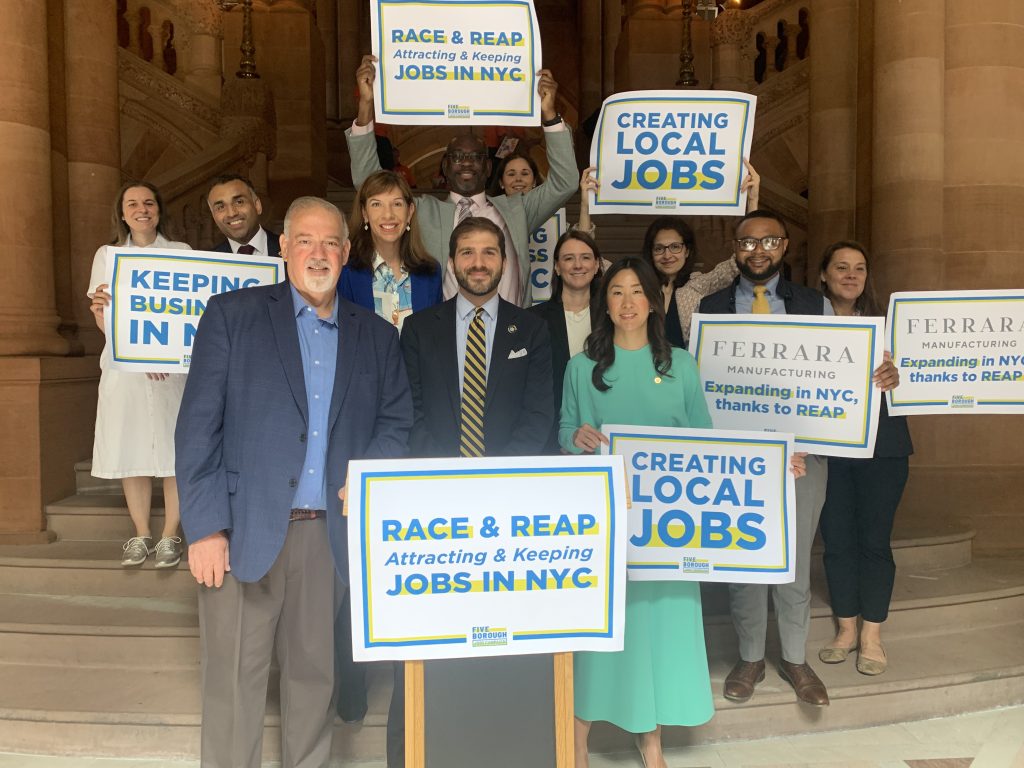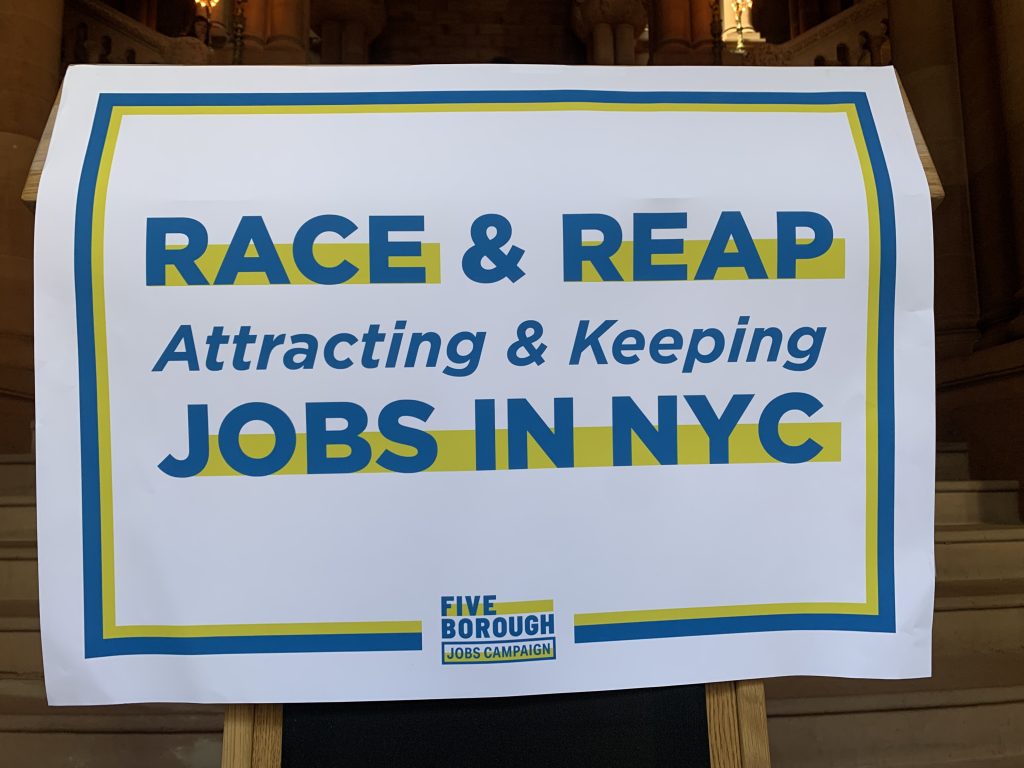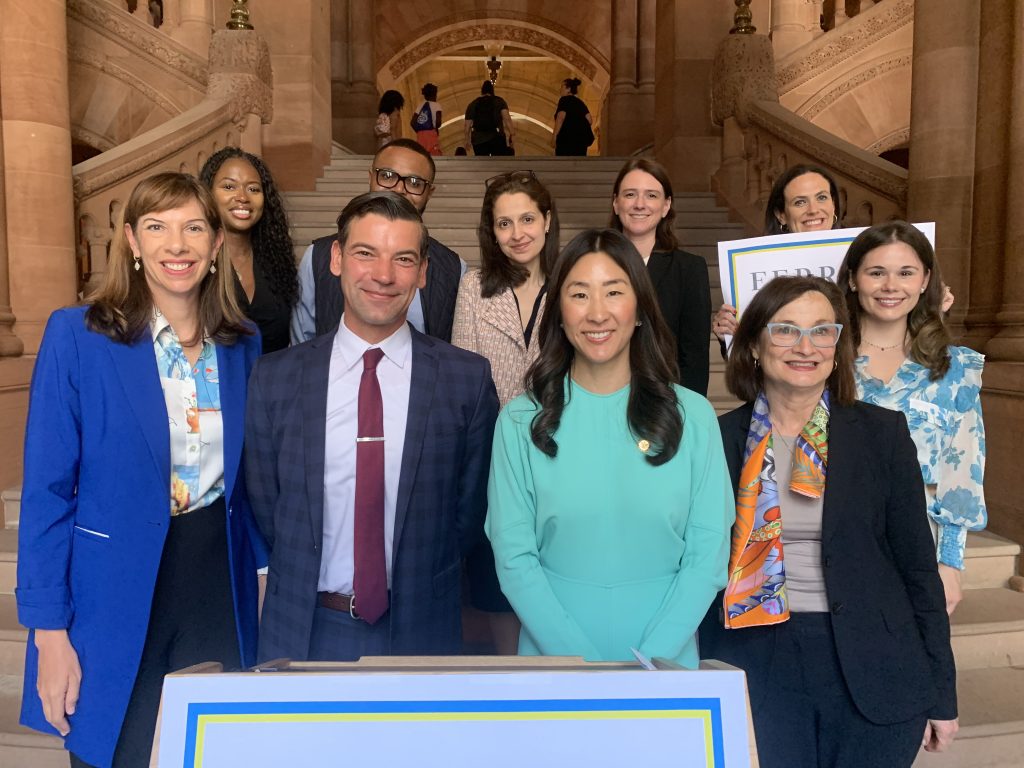Mobile Market Fights Diabetes, Food Insecurity
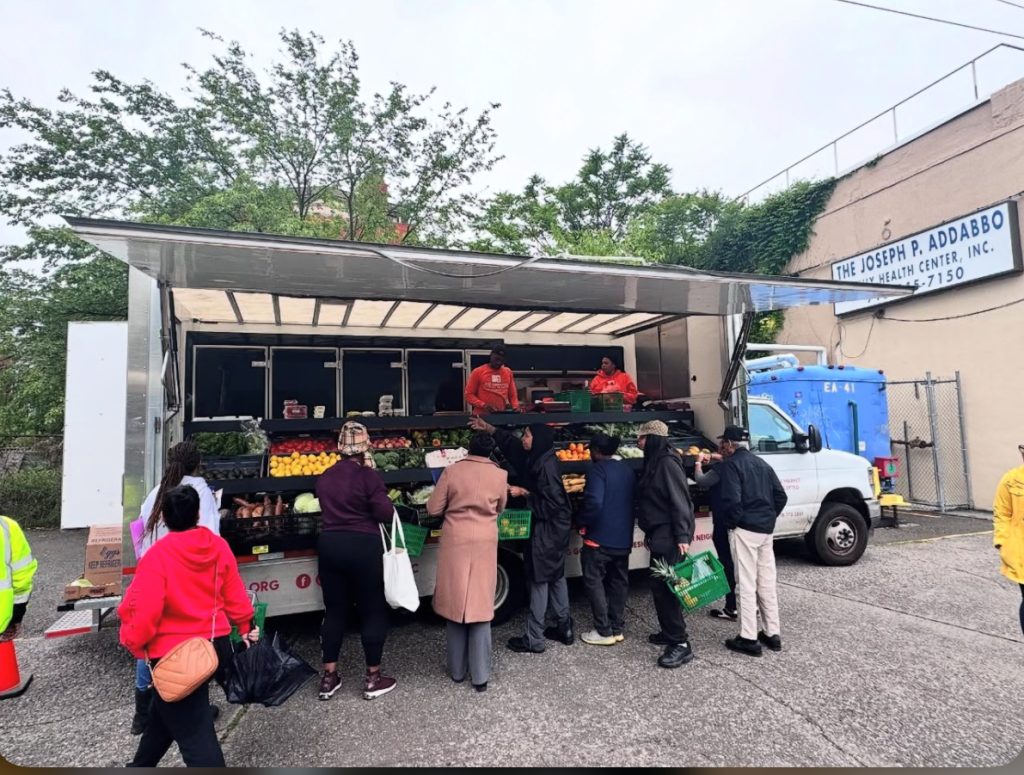
MOHAMED FARGHALY & SIERRA RYAN
mfarghaly@queensledger.com
A new community initiative aims to combat food insecurity and chronic disease in parts of Queens and Brooklyn by bringing fresh, affordable produce directly to residents.
The Joseph P. Addabbo Family Health Center has partnered with The Campaign Against Hunger to launch the Fresh Vibes Mobile Farmers Market, a monthly mobile market offering locally-sourced fruits and vegetables at low prices.
Renee Hastick-Motes, the Chief Executive Officer of The Joseph P. Addabbo Family Health Center, explained how the partnership with The Campaign Against Hunger came about. Noting that about 11% of Queens residents and 18% of those in Red Hook, Brooklyn, where their sites are located, have been diagnosed with diabetes, Moats said the collaboration aims to address these health concerns by providing fresh fruits and vegetables through a mobile market. “It’s really a community partnership to help target a specific concern in our community,” she said. The Fresh Vibes Mobile Farmers Market will visit each of the center’s five sites monthly, with information about upcoming events shared through the health center’s Instagram and website.
The Campaign Against Hunger (TCAH) is a leading anti-hunger nonprofit in New York City, committed to ending hunger and advancing community health through equitable food access. With a mission to empower vulnerable New Yorkers to live healthier, more self-sufficient lives, TCAH provides nutritious food and essential resources with compassion and dignity. Through its robust network of pantries and a streamlined food distribution center, TCAH delivered groceries for over 20 million meals in the first year of its expanded model. This strategic approach not only addresses food insecurity but also promotes long-term wellness by improving access to healthier food options across underserved communities.
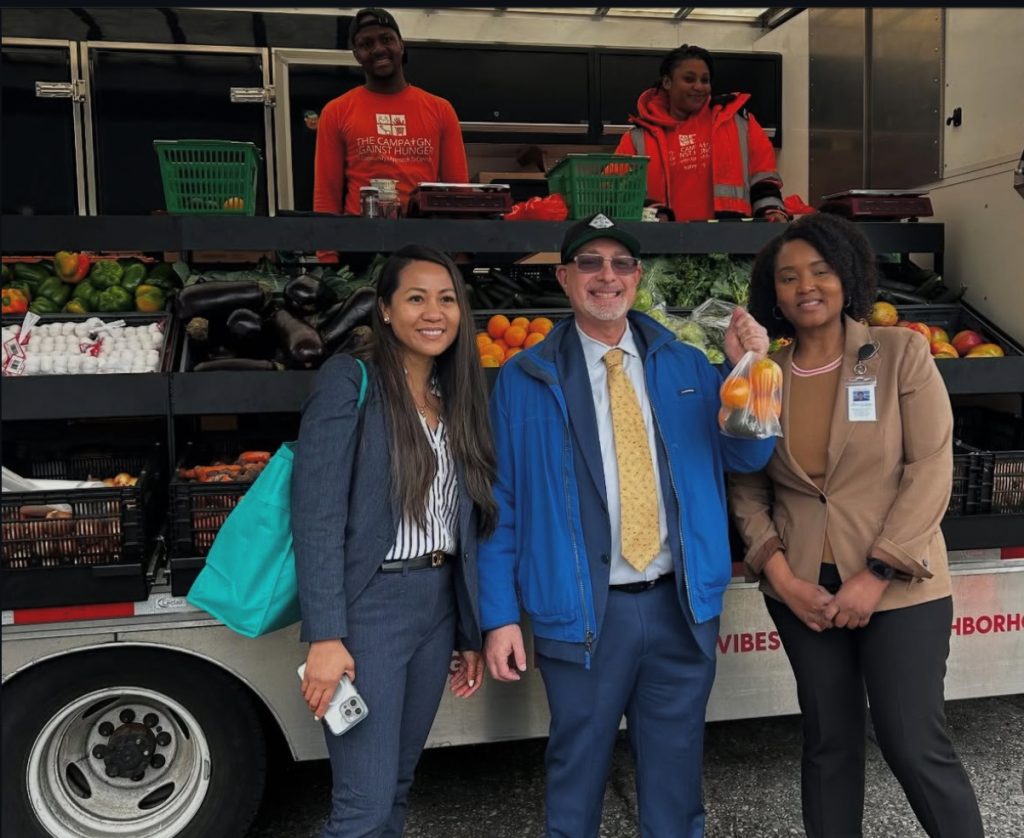
The Campaign Against Hunger (TCAH) began over two decades ago when CEO and founder Dr. Melony Samuels started by helping a single mother struggling to feed her four children. From those early days serving just 50 families in a Brooklyn church basement, TCAH has grown into one of New York City’s leading food security organizations, providing over 35 million nutritious meals annually to more than 2 million residents since the pandemic began. Despite its growth, the organization remains committed to empowering clients with dignity, addressing hunger and poverty through holistic, tailored services that not only provide food but also support pathways to self-sufficiency. Recognizing the complexity of these challenges, TCAH offers interconnected programs designed to tackle the root causes of poverty and build lasting community health.
The initiative, which kicked off this month, is designed to increase access to healthy food in neighborhoods where affordable fresh produce is limited. The market offers a rotating selection of items including pineapples, strawberries, avocados, eggplants, lemons, and oranges, along with yogurt, beans, eggs, and honey—all sold at prices often lower than area supermarkets. Produce is typically priced between $1 and $3.50, with deals such as apples three for $1.
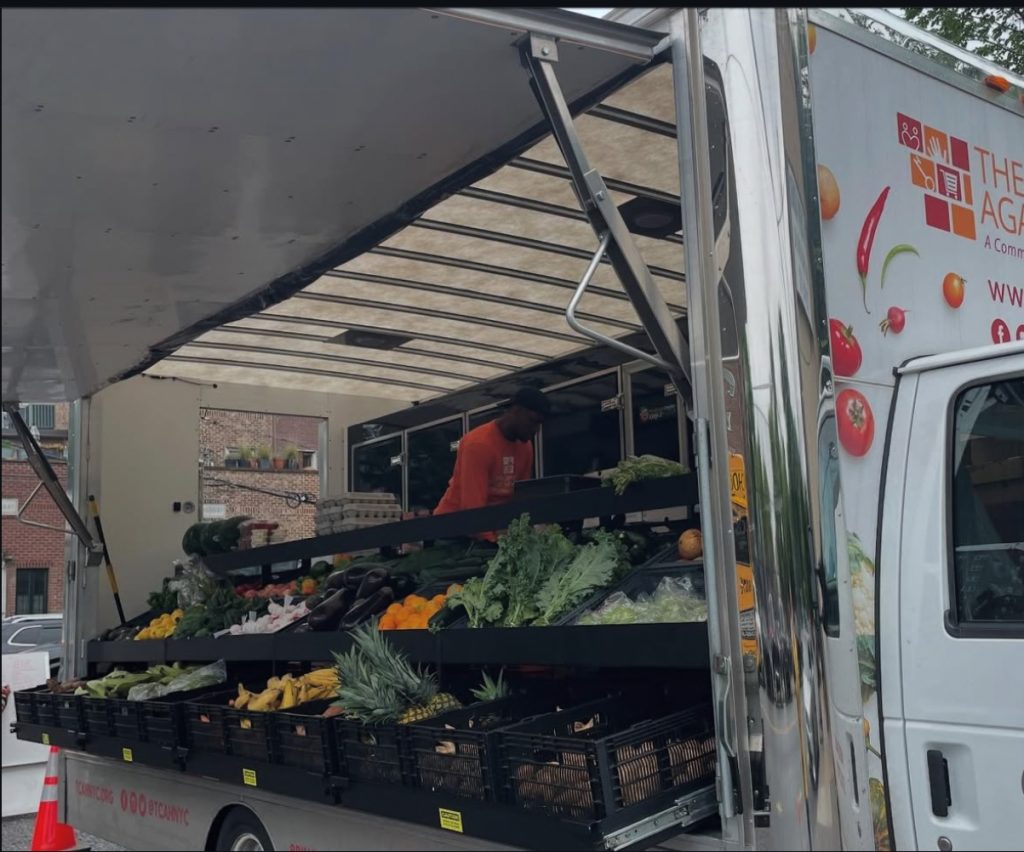
The collaboration also supports preventive healthcare. Patients at the Addabbo Health Center who complete annual physicals and screenings receive a $25 voucher to use at the mobile market.
“I was able to buy everything I needed for my family without spending too much,” said Ferya, a local resident who attended the first market event in Jamaica on May 22 at 114-39 Sutphin Blvd, “It’s a big help.”
The food initiative comes amid ongoing concerns about diet-related illnesses. According to health experts, diets rich in fruits and vegetables are linked to lower risks of chronic conditions such as diabetes, hypertension, heart disease, and some cancers.
Local resident Myra McLeod praised the Fresh Vibes Mobile Farmers Market for bringing much-needed affordable produce to the neighborhood. “There’s not that many fresh vegetables around here, and we tell people to eat properly—so this is a great idea. I love it,” she said. McLeod added that the prices were a major benefit, noting she spent just $8 on items that would typically cost her $20 at a supermarket. “The prices are great,” she said.
The Fresh Vibes Mobile Farmers Market will be held once a month, with future dates and locations available through both organizations’ websites.
Jamaica resident Francis shared how she learned about the Fresh Vibes Mobile Farmers Market during a recent appointment at the health center, where she was given a voucher to shop at the event. She appreciated the freshness and variety of the produce, noting she wished she had come better prepared to take more home. Francis was excited to try some new items like apple butter and especially valued the affordable prices, pointing out that bananas and plantains are usually much more expensive at the supermarket. “It’s good, it’s affordable, it’s reachable—you can just come here and get it,” she said.
The Joseph P. Addabbo Family Health Center is a Federally Qualified Health Center serving Southeast Queens and Red Hook, Brooklyn. It provides comprehensive, value-based care and is committed to improving community health outcomes through integrated services and outreach initiatives. For more information, visit www.addabbo.org and tcahnyc.org.
